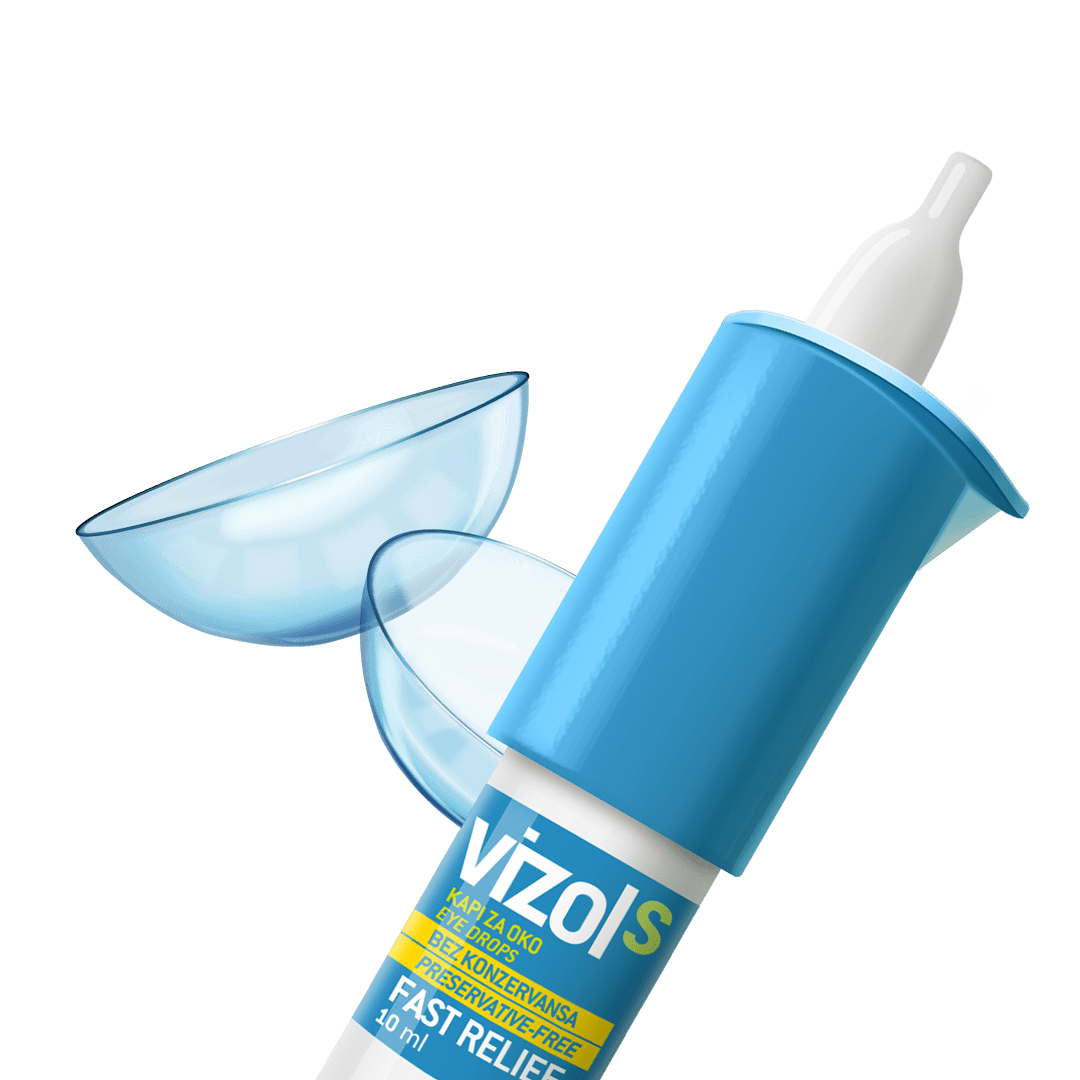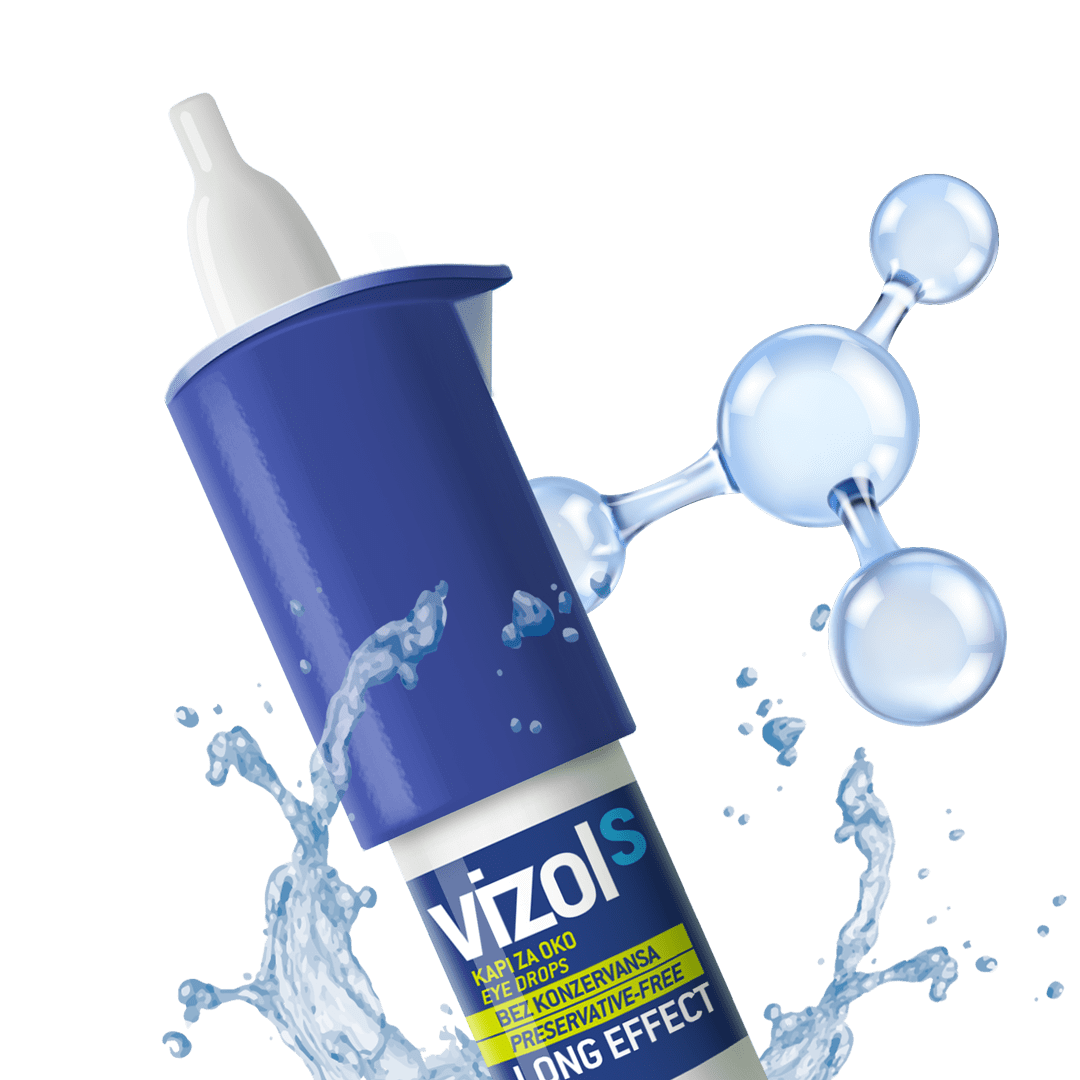Types of contact lenses
Contact lenses are a great way to correct vision for those who do not want to wear glasses and are not ready for surgery. They are easy to use, affordable, invisible to use, and relatively safe. Unless, of course, your lenses have been correctly selected.

What are contact lenses
The range of modern lenses is huge. Let's try to understand the main differences in order to understand what might be right for you. So the lenses are:
In terms of softness and hardness
Rigid lenses are used very rarely and in extreme cases - with a very strong degree of astigmatism, for example. They are less comfortable, but last longer. Soft lenses are much more comfortable - they are almost not felt on the eyes.
By replacement date
The shorter the period of wearing contact lenses, the safer they are, because during use, less deposits and bacteria accumulate on their surface that can provoke an infection. Therefore, most ophthalmologists recommend buying lenses with a wearing period of 1 to 4 weeks. But there are also quarterly replacement lenses (for 3 months) and traditional lenses (for 3-6 months) - they are more profitable in price, but, as a rule, a little thicker than lenses for frequent scheduled replacement and therefore not as comfortable.
One of the convenient and safe options are daily replacement lenses. As the name suggests, these are 1 day lenses. They are best suited for people with sensitive eyes.
By wearing mode
- The most popular and safe lenses are daytime. They are worn during the day and removed at night. This allows the cornea to rest and restore oxygen metabolism, because even the thinnest lenses prevent the surface of the eye from “breathing”.
- Flexible mode allows you to wear lenses continuously for up to two days.
- There are also extended wear lenses - they can be worn for 7 days without removing them.
- Lenses for continuous 30-day wear are quite rare and should be used only after consulting with an ophthalmologist.
- Night lenses should be put on at bedtime and removed in the morning. After 8 hours of sleep in such lenses, the manufacturer promises the user perfect vision all day long.
By appointment
Lenses for vision correction are called optical, and colored lenses are called cosmetic.
Which contact lenses are right for you?
Lenses should solve your main problems: provide good vision by correcting nearsightedness, farsightedness, astigmatism, or a combination of these problems. Of course, you should not choose them yourself, because the lenses have thousands of options for combinations of diameter and curvature, so it's better not to spare the time and money to go to the ophthalmologist.
What are lenses for problem eyes?
- For astigmatism - toric lenses. They have a special shape that allows them to both correct vision and correct astigmatism.
- For eyes prone to dryness, soft silicone hydrogel lenses with a low moisture content. If the symptoms of dryness cause a lot of discomfort, you can use artificial tears that are instilled without removing the lenses, like Vizol S Fast Relief
- With high sensitivity to foreign objects in the eyes - one-day lenses.
- For people with self-organization problems (too lazy to take off lenses and take care of them) - either extended-life lenses or one-day lenses.
- For older people who have poor vision both near and far, multifocal or bifocal lenses are recommended.
- For people with defects of the eyeball (thorn) - lenses that mimic the pupil and iris, or colored.
When were lenses introduced?
The first contact lenses appeared in 1888, but they were glass and very uncomfortable. 50 years later, plastic lenses were invented in the USA. They, unlike their glass predecessors, fit well on the eyes and did not slip, but still caused discomfort in the eyes. In 1960, the first soft polymer lens was made in the Czech Republic, similar to what people still use today.
Contraindications to the use of contact lenses
It is strictly forbidden to wear lenses:
- in various eye diseases (strabismus, subluxation of the lens, keratitis, glaucoma)
- with certain diseases (severe diabetes mellitus, AIDS, tuberculosis)
It is not recommended to wear lenses:
- with allergies and asthma during an exacerbation,
- with SARS
- with eye infections (conjunctivitis, etc.)
- personal intolerance
Symptoms of intolerance are:
- pain, tingling in the eyes, or headaches
- burning and itching
- redness of the mucous membrane of the eye or eyelids
- increased lacrimation
- blurred vision
- photosensitivity


